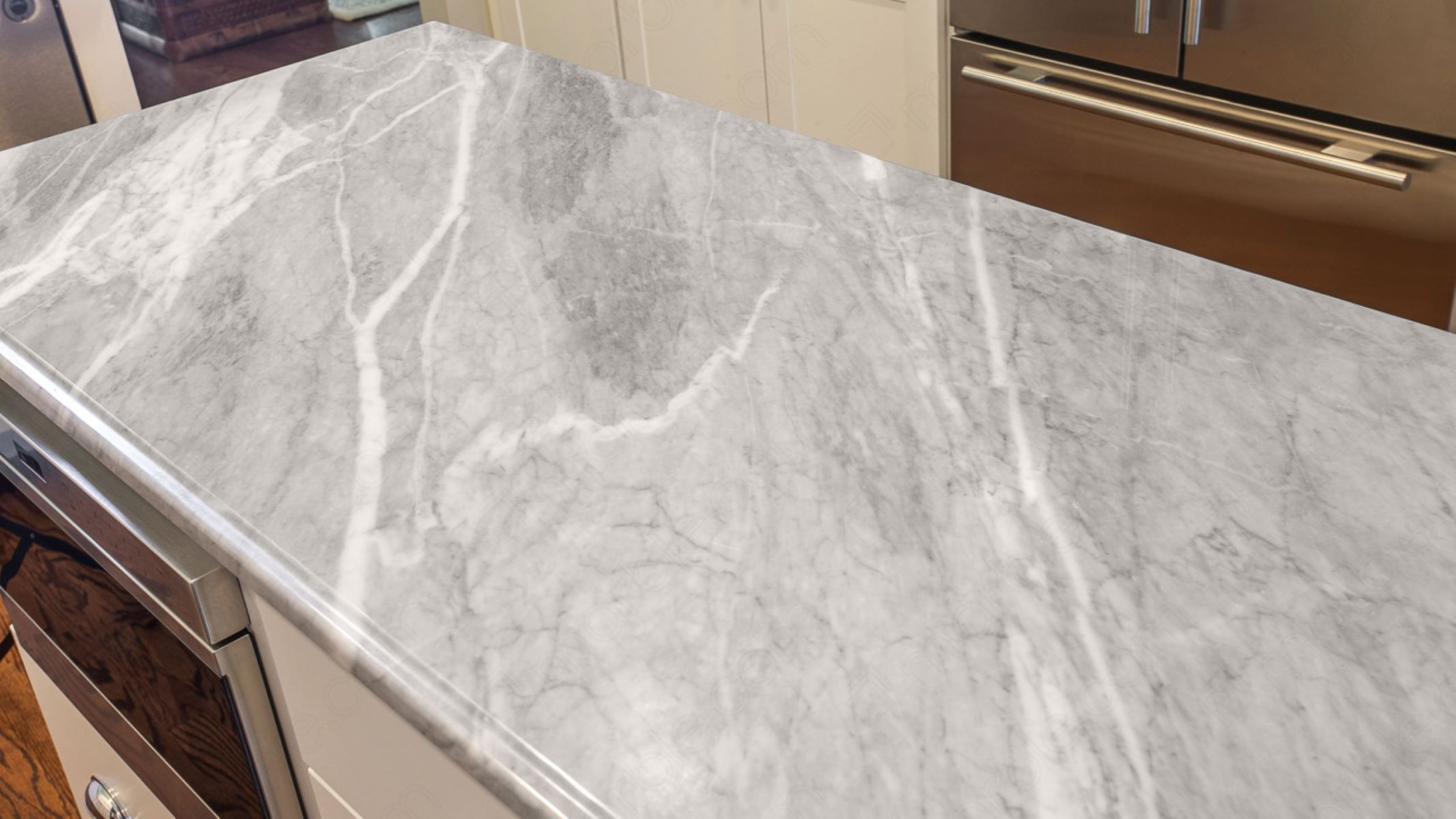

Articles
How To Clean Stains On Marble Countertops
Modified: February 24, 2024
Learn effective methods to remove stubborn stains on marble countertops with our informative articles. Protect the beauty and longevity of your marble surfaces.
(Many of the links in this article redirect to a specific reviewed product. Your purchase of these products through affiliate links helps to generate commission for Storables.com, at no extra cost. Learn more)
Introduction
Marble countertops add an elegant and timeless touch to any kitchen or bathroom. However, one of the challenges of owning marble countertops is dealing with stains. Due to its porous nature, marble is prone to absorbing liquids and, therefore, can be easily stained.
While preventing stains entirely may be difficult, there are effective techniques to clean and remove various types of stains from marble countertops. In this article, we will explore the common types of stains that can affect marble surfaces and provide invaluable tips on how to clean and maintain their pristine appearance.
Before we delve into the cleaning methods, it’s important to note some precautions to take when dealing with marble countertops. First, avoid using abrasive cleaners or harsh chemicals, as they can etch or damage the surface. Additionally, always test any cleaning product on a small, inconspicuous area before applying it to the entire countertop.
Now, let’s explore the different types of stains you may encounter and learn how to effectively clean them from your marble countertops.
Key Takeaways:
- Keep marble countertops pristine by identifying, preventing, and effectively removing common stains like water, oil, food, rust, ink, wine, coffee, tea, and etch marks. Regular maintenance and prompt action are crucial for stain prevention.
- Prioritize safety and caution when cleaning marble countertops to avoid damage. Utilize tailored cleaning methods for specific stains and seek professional assistance for deep-set or stubborn stains. Prevention, quick action, and regular maintenance are key to preserving the beauty of marble surfaces.
Common types of stains on marble countertops
Marble countertops can be susceptible to various types of stains, ranging from water and oil-based stains to food and rust stains. Understanding the nature of these stains is essential in selecting the appropriate cleaning method. Here are the most common types:
- Water stains: These stains are caused by the absorption of water into the marble, leaving a visible mark on the surface. They are often the result of spills, condensation, or hard water deposits.
- Oil-based stains: Cooking oils, greasy substances, and even cosmetics can leave oily stains on marble countertops. These stains tend to darken the surface, making them highly noticeable.
- Food stains: Acidic foods like tomatoes, citrus fruits, and vinegar can leave stubborn stains on marble. These stains often penetrate the surface, making them challenging to remove.
- Rust stains: Rust stains can occur when metal objects, such as cans or utensils, come into contact with marble countertops and leave behind their oxide residue.
- Ink stains: Ink spills, such as from markers or pens, can leave unsightly marks on marble surfaces. Ink stains typically require specific cleaning methods to effectively remove them.
- Wine stains: Red and white wine spills can quickly penetrate the porous surface of marble and leave behind visible stains. Immediate cleaning is crucial to prevent permanent discoloration.
- Coffee stains: Coffee spills can leave brownish stains on marble countertops if not promptly cleaned. The tannins in coffee can deeply penetrate the surface, making it challenging to remove the stains.
- Tea stains: Similar to coffee, tea stains can also occur on marble countertops. The tannins present in tea can leave behind a yellowish or brownish discoloration.
- Etch marks: Etch marks are different from stains, but they can still affect the appearance of marble countertops. Etching occurs when acidic substances, like vinegar or lemon juice, react with the calcium carbonate in marble, causing a dull, lightened spot.
Now that we have identified the common types of stains that can mar the beauty of marble countertops, let’s explore the steps to effectively clean and remove these stains.
Precautions before cleaning
Before you start cleaning your marble countertops, it’s important to take a few precautions to ensure the safety and integrity of the surface. Following these precautions will help prevent any damage and ensure successful stain removal:
- Identify the type of stain: Before applying any cleaning method, identify the type of stain you are dealing with. This will help you choose the appropriate cleaning solution and method for effective stain removal.
- Protect yourself and the surroundings: While most cleaning methods are safe, it’s always advisable to wear gloves and protective eyewear to avoid any contact with cleaning agents. Additionally, protect the surrounding areas by covering them with plastic sheets or towels to prevent inadvertent damage.
- Test cleaning products: Before applying any cleaning solution to the entire surface, test it on a small, inconspicuous area of the countertop. This will help you determine if the product is safe to use and won’t cause any discoloration or etching.
- Avoid abrasive cleaners: Do not use harsh or abrasive cleaners, such as bleach, ammonia, or any acidic solutions, as they can damage and etch the surface of the marble. Stick to mild, pH-neutral cleaners specifically designed for marble.
- Wipe up spills immediately: To prevent stains, wipe up any spills on the marble countertop immediately. The longer a liquid sits on the surface, the higher the chances of it seeping into the porous marble and causing a stain.
- Blot, don’t rub: When cleaning a stain, always blot it gently with a soft cloth or sponge instead of rubbing it. Rubbing can spread the stain further and potentially damage the marble surface.
- Perform regular maintenance: Maintaining your marble countertops regularly can help prevent stains from occurring in the first place. Use coasters for drinks, cutting boards for food preparation, and always clean up spills immediately.
By following these precautions, you can protect your marble countertops and ensure successful stain removal without causing any damage. Now, let’s dive into the general cleaning tips for marble countertops to effectively tackle various types of stains.
General cleaning tips for marble countertops
When it comes to cleaning marble countertops, there are a few general tips that apply to all types of stains. These tips will help you maintain the beauty and integrity of your marble surfaces:
- Use a pH-neutral cleaner: Choose a mild, pH-neutral cleaner specifically formulated for marble surfaces. Avoid using acidic or abrasive cleaners, as they can damage the marble.
- Prepare a cleaning solution: Mix the pH-neutral cleaner with warm water according to the instructions on the product label. Creating a gentle cleaning solution will ensure effective stain removal without causing any harm.
- Gently wipe the surface: Dip a soft cloth or sponge into the cleaning solution and gently wipe the stained area. Start from the outside of the stain and work your way towards the center to prevent spreading the stain.
- Rinse with clean water: After cleaning, rinse the marble countertop thoroughly with clean water to remove any remaining cleaner residue.
- Dry the surface: Use a clean, soft cloth to dry the marble countertop. Avoid leaving any moisture on the surface, as it can lead to water stains or etching if left for a prolonged period.
- Apply a marble sealer: To protect your marble countertops from future stains, consider applying a marble sealer. This can help create a protective barrier against liquids and minimize the absorption of stains.
- Regularly remove debris: Wipe down your marble countertops daily to remove dust, dirt, and crumbs. This simple maintenance routine can prevent buildup and potential staining.
- Utilize coasters and cutting boards: Use coasters under beverages and cutting boards for meal preparation to prevent direct contact between the marble surface and potentially staining substances.
Following these general cleaning tips will help you keep your marble countertops in pristine condition and prevent stains from occurring. Now, let’s move on to specific stain removal techniques for different types of stains you may encounter.
Removing water stains
Water stains can be a common issue on marble countertops, especially in areas with hard water. These stains appear as white, hazy marks on the surface and are caused by the minerals present in the water. Here’s how you can remove water stains from your marble countertops:
- Create a poultice: Mix baking soda with water to create a paste-like consistency. The baking soda acts as a mild abrasive and helps lift the stain from the surface.
- Apply the poultice: Apply a thick layer of the baking soda paste onto the water stain. Make sure to cover the entire stain and extend it slightly beyond the edges to ensure effective stain removal.
- Cover the poultice: Place plastic wrap over the poultice to create a seal and prevent it from drying out. Leave it on the stain for 24 to 48 hours to allow the baking soda to absorb the minerals from the water stain.
- Remove the poultice: After the designated time, remove the plastic wrap and scrape off the dried poultice gently using a plastic scraper or a soft cloth. Be careful not to scratch the marble surface.
- Wipe the surface: Dampen a soft cloth with clean water and wipe away any residual baking soda. Rinse the cloth frequently to ensure no residue remains on the marble countertop.
- Dry and assess: Use a dry cloth to thoroughly dry the surface. Once dry, assess if the water stain has been removed. If necessary, repeat the process or try an alternate method if the stain persists.
It’s important to note that deep-seated or stubborn water stains may require professional assistance. In such cases, consider contacting a stone care specialist who can employ advanced techniques to remove the stubborn water stains from your marble countertops.
Now that you know how to tackle water stains, let’s move on to the next type of stain: oil-based stains.
Read more: How To Clean Stained White Countertops
Removing oil-based stains
Oil-based stains on marble countertops can be particularly challenging to remove, as they tend to darken the surface and penetrate deeply into the stone. However, with the right approach, you can successfully remove oil-based stains and restore the beauty of your marble countertops. Here are the steps to follow:
- Blot the stain: If the oil spill is recent, immediately blot the area with a clean cloth or paper towel to absorb as much of the oil as possible. Do not rub the stain, as it can further spread the oil.
- Create a poultice: Mix a powdered absorbent material, such as baking soda, cornstarch, or talcum powder, with a few drops of acetone to form a thick paste. The absorbent material will draw out the oil from the marble surface.
- Apply the poultice: Apply a thick layer of the poultice to the oil stain, making sure to cover it completely. Extend the poultice slightly beyond the stain to ensure maximum absorption.
- Cover the poultice: Place plastic wrap over the poultice to create a seal and prevent it from drying out. Leave it on the stain for 24 to 48 hours to allow the poultice to absorb the oil from the marble.
- Remove the poultice: After the designated time, remove the plastic wrap and gently scrape off the dried poultice using a plastic scraper or a soft cloth. Be cautious not to scratch the marble surface.
- Clean the surface: Dampen a soft cloth with a pH-neutral cleaner specifically designed for marble surfaces. Gently wipe the area to remove any remaining residue from the poultice and oil stain.
- Rinse and dry: Rinse the cloth thoroughly and wipe the surface with clean water to remove any cleaner residue. Finally, use a dry cloth to thoroughly dry the area.
- Assess and repeat if necessary: Evaluate the stain and repeat the process if any traces of the oil stain persist. Some deep-seated oil stains may require multiple treatments to completely remove.
If the oil stain is particularly stubborn or extensive, it may be necessary to seek the assistance of a professional marble restoration specialist. They have the expertise and equipment to treat challenging oil-based stains effectively.
Now that you’re familiar with removing oil-based stains, let’s explore the methods for tackling different types of food stains that can affect marble countertops.
Removing food stains
Food stains on marble countertops can be unsightly and challenging to remove, especially if they have had time to penetrate the porous surface. But with the right cleaning methods, you can effectively tackle various types of food stains and restore the pristine look of your marble countertops. Here’s how you can remove common food stains:
- Gently wipe up the spill: If a food spill occurs, blot it immediately with a clean cloth or paper towel to remove any excess liquid or residue from the surface. Avoid rubbing the stain, as it can spread and further penetrate into the marble.
- Create a cleaning solution: Mix a few drops of a mild, pH-neutral dish detergent with warm water to create a gentle cleaning solution. Ensure that the detergent does not contain any acidic or abrasive ingredients.
- Apply the cleaning solution: Dip a soft cloth or sponge into the cleaning solution and gently blot the food stain. Work from the outside in to prevent spreading the stain further. Avoid excessive scrubbing, as it may damage the marble surface.
- Rinse with clean water: Rinse the cloth or sponge and dampen it with clean water. Gently wipe the area to remove any soapy residue or leftover stain. Rinse the cloth frequently to prevent transferring any residue back onto the marble surface.
- Dry the surface: Use a dry, soft cloth to thoroughly dry the area. Ensure that no moisture remains on the marble surface, as it can lead to water stains or etching if left for a prolonged period.
- Assess and repeat if necessary: Evaluate the stain after cleaning and repeat the process if any traces remain. For stubborn or deeply penetrated food stains, consider utilizing a marble-specific stain remover or contacting a professional for assistance.
For specific food stains like red wine, coffee, or tea, you may need to use additional stain removal techniques tailored to those substances. It’s essential to address food stains promptly to prevent them from becoming more challenging to remove.
By following these steps and using the appropriate cleaning solutions, you can effectively remove various food stains from your marble countertops. Next, we will explore the methods for removing rust stains that can tarnish the beauty of your marble surfaces.
Use a mild dish soap and warm water to clean stains on marble countertops. Avoid using acidic or abrasive cleaners, as they can damage the surface. Blot spills immediately to prevent staining.
Removing rust stains
Rust stains can be particularly stubborn and challenging to remove from marble countertops. These stains are typically caused by metal objects, such as cans, utensils, or iron-containing items, that have come into contact with the marble surface and left behind their oxide residue. To tackle rust stains effectively, follow these steps:
- Create a paste: Mix lemon juice or vinegar with a small amount of salt to create a thick, paste-like consistency. Both lemon juice and vinegar contain mild acidic properties that can help dissolve the rust stains.
- Apply the paste: Apply the paste directly onto the rust stain, ensuring that the affected area is fully covered. Allow the paste to sit on the stain for approximately 15 minutes, giving the acid enough time to break down the rust.
- Scrub gently: Use a soft-bristle brush or a toothbrush to gently scrub the rust stain in small, circular motions. Be careful not to scrub too vigorously, as it may damage the marble surface. Continue scrubbing until the rust stain starts to fade.
- Rinse with clean water: Rinse the area thoroughly with clean water to remove the paste and any loosened rust particles. Ensure that all residue is completely rinsed off from the marble surface.
- Dry the surface: Use a dry, soft cloth to thoroughly dry the area. Ensure that no moisture remains on the marble, as it can potentially cause water stains or further rusting.
- Repeat if necessary: If the rust stain is still visible after the initial treatment, you may need to repeat the process. Allow the marble surface to dry completely before attempting another round of rust stain removal.
It’s important to note that rust stains that have deeply penetrated the marble may be challenging to remove completely. In such cases, it is recommended to seek professional assistance from a stone care specialist who can employ more advanced techniques and solutions.
By following these steps and utilizing the natural acidic properties of lemon juice or vinegar, you can effectively diminish and remove rust stains from your marble countertops. Next, let’s explore the methods for removing ink stains, which can also be problematic to deal with.
Removing ink stains
Ink stains can be a common source of frustration on marble countertops, especially if left untreated or unnoticed for an extended period. Fortunately, with proper cleaning techniques, you can effectively remove ink stains and restore the beauty of your marble surfaces. Follow these steps to tackle ink stains:
- Blot the ink stain: If the ink spill is recent, quickly blot the area with a clean cloth or paper towel to absorb as much ink as possible. Avoid rubbing the stain, as it can spread the ink and make it more difficult to remove.
- Create a cleaning solution: Mix isopropyl alcohol or hydrogen peroxide with a few drops of mild dish detergent. These ingredients are effective at breaking down and removing ink stains from marble surfaces.
- Apply the cleaning solution: Dampen a clean cloth or sponge with the cleaning solution. Gently blot the ink stain, working from the outside in to prevent spreading the ink further. Allow the solution to sit on the stain for a few minutes.
- Blot and rinse: Using a clean section of the cloth or sponge, continue to blot the ink stain until it starts to lift. Rinse the cloth frequently to avoid reintroducing the ink to the marble surface. As the stain lightens, switch to a fresh cloth or sponge to prevent transferring the ink back onto the countertop.
- Clean the surface: Dampen a cloth with clean water and wipe the area to remove any residual cleaning solution. Rinse the cloth regularly to ensure no residue is left behind.
- Dry the surface: Use a dry, soft cloth to thoroughly dry the area. Ensure that no moisture remains on the marble surface, as it can lead to water stains or potential damage if left for an extended period.
- Assess and repeat if necessary: Evaluate the ink stain after cleaning and repeat the process if any traces remain. For stubborn or older ink stains, you may need to contact a professional marble restoration specialist for further assistance.
Note that different types of ink may respond differently to cleaning methods. It’s crucial to perform a spot test on an inconspicuous area before applying any cleaning solution to the entire stain.
By following these steps and utilizing the proper cleaning solution, you can effectively eliminate ink stains from your marble countertops. Next, let’s explore the methods for removing wine stains, which can leave behind noticeable discoloration.
Read more: What Are Marble Countertops
Removing wine stains
Spills happen, and when it comes to wine stains on marble countertops, it’s important to act quickly to prevent permanent discoloration. Wine stains can be particularly noticeable on lighter-colored marble surfaces. Follow these steps to effectively remove wine stains from your marble countertops:
- Blot the spill: Immediately after a wine spill occurs, blot the area gently with a clean cloth or paper towel. Avoid rubbing the stain, as it can spread the wine and make it more difficult to remove.
- Create a cleaning solution: Mix warm water with a few drops of mild dish detergent. This solution will help break down and lift the wine stain from the marble surface.
- Gently clean the stain: Dip a soft cloth or sponge into the cleaning solution and gently dab the wine stain. Work from the outside in to prevent spreading the stain further. Repeat this process until the stain starts to fade.
- Rinse with clean water: Rinse the cloth or sponge and dampen it with clean water. Wipe the area to remove any soap residue or remaining wine stain. Rinse the cloth frequently during this process.
- Dry the surface: Use a dry, soft cloth to thoroughly dry the area. Ensure that no moisture remains on the marble surface, as it can potentially lead to water stains or damage if left for an extended period.
- Assess and repeat if necessary: Assess the wine stain after cleaning. For stubborn or deeper stains, repeat the cleaning process or consider using a marble-specific stain remover. Always test the stain remover on a small, inconspicuous area first.
It’s important to note that some wine stains can be more challenging to remove, especially if the spill was left unattended for an extended period of time. In these cases, professional assistance from a stone care specialist may be required to fully remove the stain.
By acting quickly and following these steps, you can successfully remove wine stains from your marble countertops. Now, let’s explore how to tackle coffee stains, which can also leave noticeable discoloration on marble surfaces.
Removing coffee stains
When coffee spills on your marble countertops, it can leave behind unattractive brown stains. To prevent these stains from becoming permanent, it’s essential to act quickly. Follow these steps to effectively remove coffee stains from your marble surfaces:
- Blot the spill: Immediately after a coffee spill occurs, blot the area gently with a clean cloth or paper towel. Avoid rubbing the stain, as it can spread the coffee and make it more difficult to remove.
- Create a cleaning solution: Mix warm water with a small amount of mild dish detergent or a pH-neutral stone cleaner. This solution will help break down and lift the coffee stain from the marble surface.
- Dampen the stain: Dampen a soft cloth or sponge with the cleaning solution and gently dab the coffee stain. Work from the outside in to prevent spreading the stain further. Repeat this process until the stain starts to lighten.
- Rinse with clean water: Rinse the cloth or sponge and dampen it with clean water. Wipe the area to remove any soap residue or remaining coffee stain. Rinse the cloth frequently during this process.
- Dry the surface: Use a dry, soft cloth to thoroughly dry the area. Ensure that no moisture remains on the marble surface, as it can potentially lead to water stains or damage if left for too long.
- Assess and repeat if necessary: Assess the coffee stain after cleaning. If any traces of the stain remain, you may need to repeat the process or try an alternative cleaning method specifically suited for coffee stains.
If the coffee stain is particularly stubborn or has been left untreated for an extended period, you may need to use a specialized marble stain remover. Be sure to follow the instructions provided with the stain remover and test it on a small, inconspicuous area before applying it to the entire stain.
By acting quickly and following these steps, you can effectively remove coffee stains from your marble countertops and maintain their pristine appearance. Now, let’s explore how to tackle tea stains, which can also impact the beauty of your marble surfaces.
Removing tea stains
Tea stains can leave behind noticeable discoloration on marble countertops. To effectively remove tea stains and restore the beauty of your marble surfaces, follow these steps:
- Blot the spill: Immediately after a tea spill occurs, blot the area gently with a clean cloth or paper towel to absorb as much of the liquid as possible. Avoid rubbing the stain, as it can spread the tea and make it more difficult to remove.
- Create a cleaning solution: Mix warm water with a small amount of mild dish detergent or a pH-neutral stone cleaner. This solution will help break down and lift the tea stain from the marble surface.
- Dampen the stain: Dampen a soft cloth or sponge with the cleaning solution and gently dab the tea stain. Work from the outside in to prevent spreading the stain further. Repeat this process until the stain starts to lighten.
- Rinse with clean water: Rinse the cloth or sponge and dampen it with clean water. Wipe the area to remove any soap residue or remaining tea stain. Rinse the cloth frequently during this process.
- Dry the surface: Use a dry, soft cloth to thoroughly dry the area. Ensure that no moisture remains on the marble surface, as it can potentially lead to water stains or damage if left for too long.
- Assess and repeat if necessary: Assess the tea stain after cleaning. If any traces of the stain remain, you may need to repeat the process or try an alternative cleaning method specifically suited for tea stains.
If the tea stain is stubborn or has been left untreated for an extended period, you may need to use a specialized marble stain remover. Ensure you carefully follow the instructions provided with the stain remover and test it on a small, inconspicuous area before applying it to the entire stain.
By acting quickly and following these steps, you can effectively remove tea stains from your marble countertops and maintain their elegant appearance. Now, let’s explore how to tackle etch marks, which are different from stains but can impact the overall look of your marble surfaces.
Removing etch marks
Etch marks are not stains, but rather marks that occur when acidic substances react with the surface of marble, causing a dull, lightened spot. Removing etch marks requires a different approach compared to removing stains. Here are the steps to effectively address etch marks on your marble countertops:
- Identify the etch mark: Etch marks are typically smooth and may appear as lightened spots on the marble surface. They are often caused by acidic substances like lemon juice, vinegar, or certain cleaning products.
- Create a poultice: Mix baking soda with water to create a paste-like consistency. The baking soda acts as a mild abrasive that can help to polish the marble and reduce the appearance of etch marks.
- Apply the poultice: Apply a thick layer of the baking soda paste directly onto the etch mark. Ensure the entire mark is covered and extend the paste slightly beyond the edges.
- Cover the poultice: Place plastic wrap over the poultice to create a seal and prevent it from drying out. Leave it on the etch mark for 24 to 48 hours, allowing the baking soda to gently polish the surface.
- Remove the poultice: After the designated time, remove the plastic wrap and gently wipe away the dried poultice with a soft, damp cloth. Be cautious not to rub too vigorously, as this can potentially scratch the marble surface.
- Assess the etch mark: Evaluate the etch mark after cleaning. While the poultice may have reduced the visibility of the mark, deeper etch marks may require professional assistance from a marble restoration specialist.
It’s important to note that etch marks are a form of physical damage to the marble surface and may require more extensive restoration techniques to fully repair. In cases of severe etching, it’s advisable to consult a professional who can properly assess and restore your marble countertops.
By following these steps, you can minimize the appearance of etch marks on your marble surfaces. Now, let’s conclude our discussion on stain removal and recap the essential points.
Read more: How To Shine Marble Countertops
Conclusion
Cleaning and removing stains from marble countertops can be a challenging task, but with the right techniques and precautions, you can restore their beauty and keep them looking pristine. By understanding the common types of stains that can affect marble surfaces and following the appropriate cleaning methods, you can effectively tackle water stains, oil-based stains, food stains, rust stains, ink stains, wine stains, coffee stains, tea stains, and etch marks.
Before starting any cleaning process, it’s important to take necessary precautions such as identifying the type of stain, protecting yourself and the surroundings, testing cleaning products, and avoiding abrasive cleaners. The general cleaning tips discussed provide a foundation for maintaining the overall cleanliness and appearance of your marble countertops.
For specific stains, such as water stains, oil-based stains, food stains, rust stains, ink stains, wine stains, coffee stains, tea stains, and etch marks, tailored cleaning methods were provided to effectively remove each type of stain. However, it’s crucial to note that deep-set or stubborn stains may require professional assistance.
Remember to always act promptly when spills occur, as quick and proper action can prevent stains from setting in. Regular maintenance, including wiping up spills immediately, utilizing coasters and cutting boards, and performing routine cleaning, can also help prevent stains from occurring.
Lastly, it’s important to use caution when cleaning marble surfaces to prevent any damage. Always test cleaning products on a small, inconspicuous area before applying them to the entire countertop, and avoid using abrasive cleaners or harsh chemicals that can lead to etching or discoloration.
By following these guidelines and incorporating them into your cleaning routine, you can maintain the beauty and longevity of your marble countertops. Remember, prevention and regular maintenance are key to keeping your marble surfaces stain-free and looking their best for years to come.
Frequently Asked Questions about How To Clean Stains On Marble Countertops
Was this page helpful?
At Storables.com, we guarantee accurate and reliable information. Our content, validated by Expert Board Contributors, is crafted following stringent Editorial Policies. We're committed to providing you with well-researched, expert-backed insights for all your informational needs.
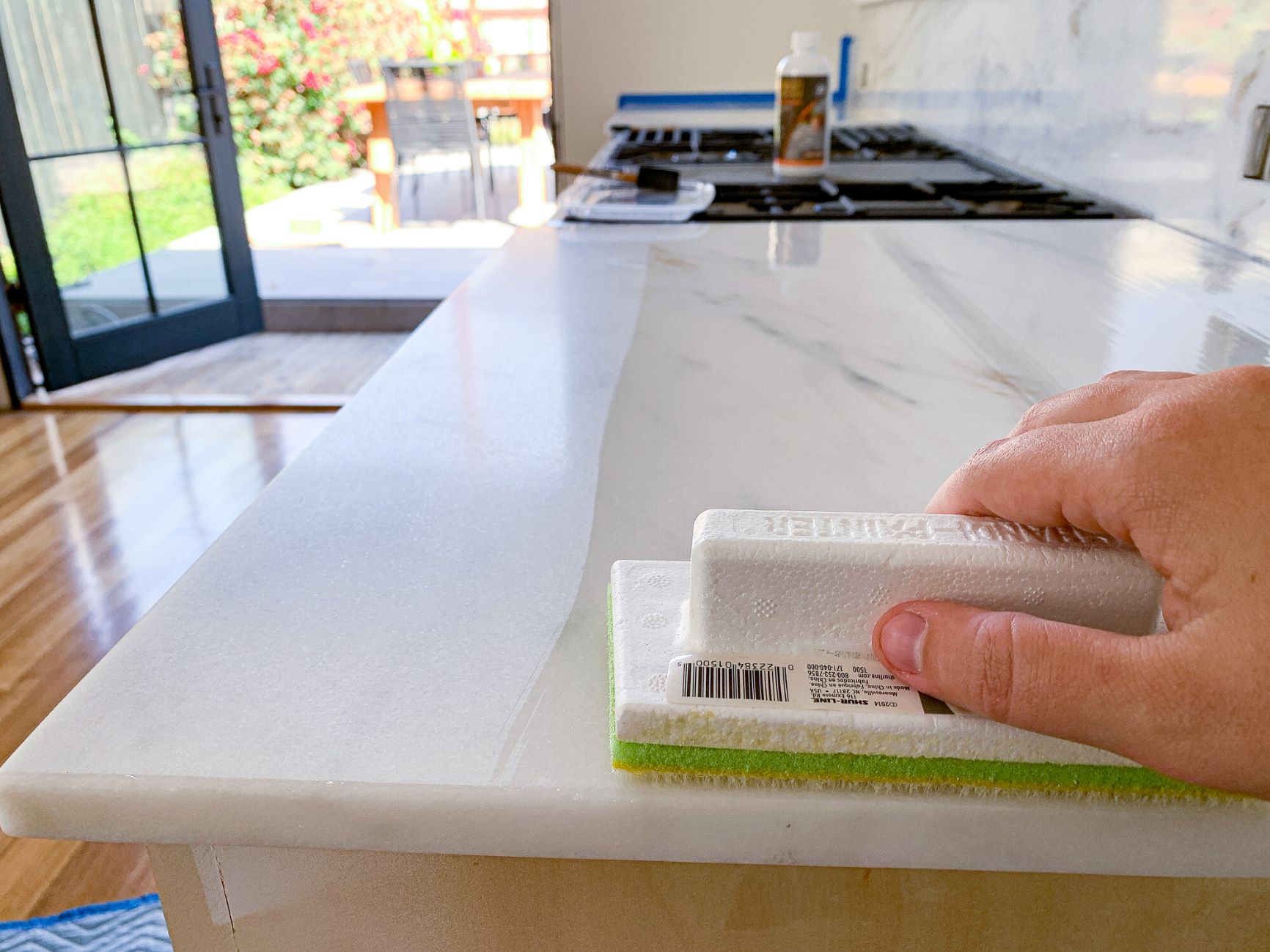

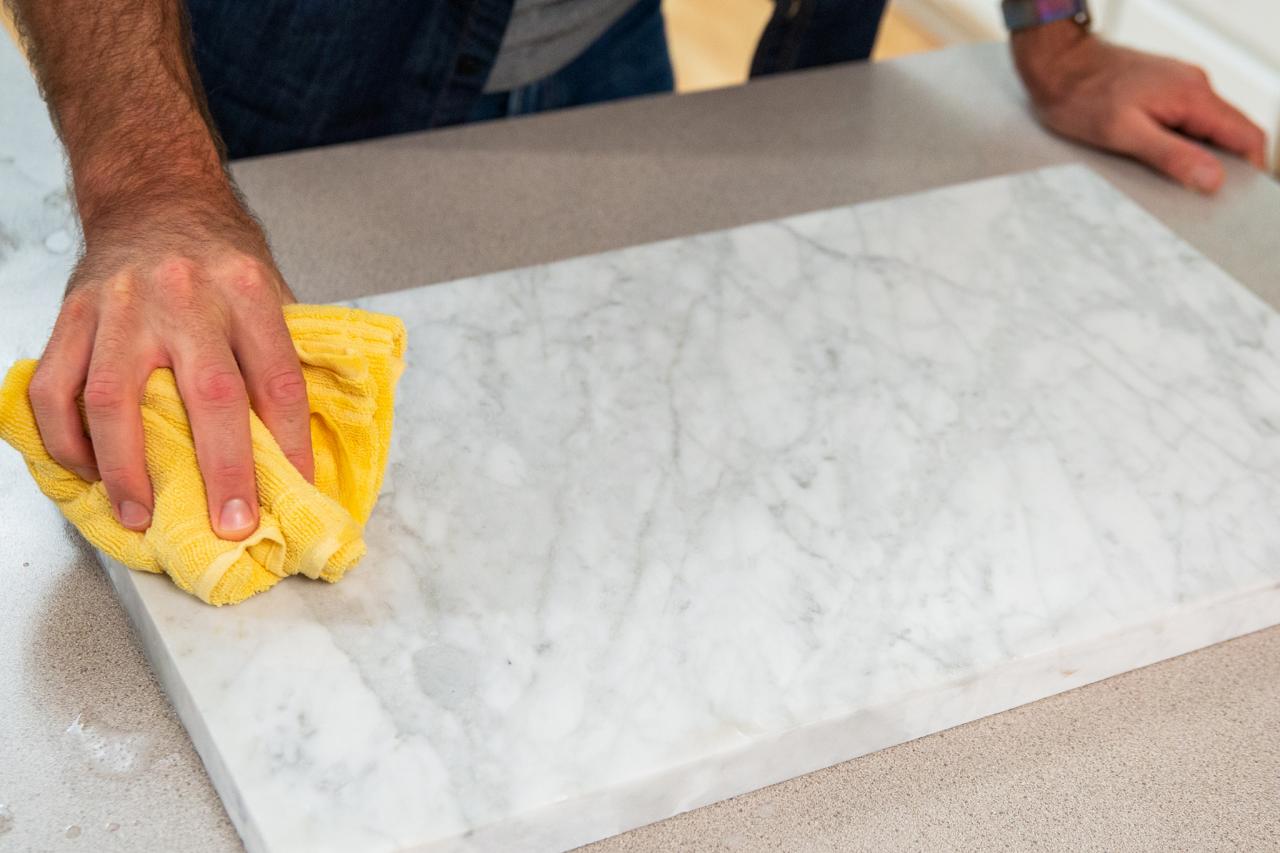

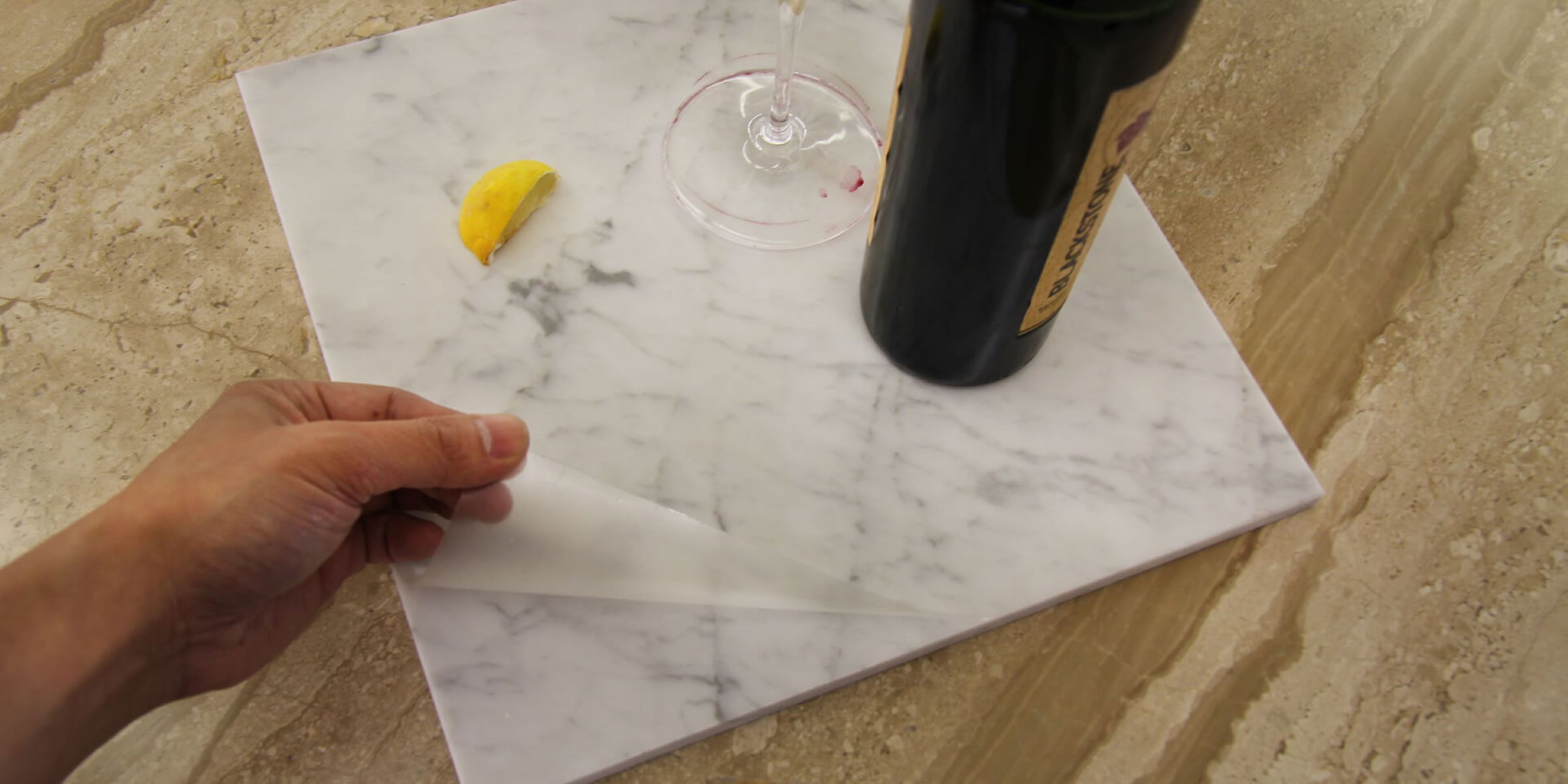
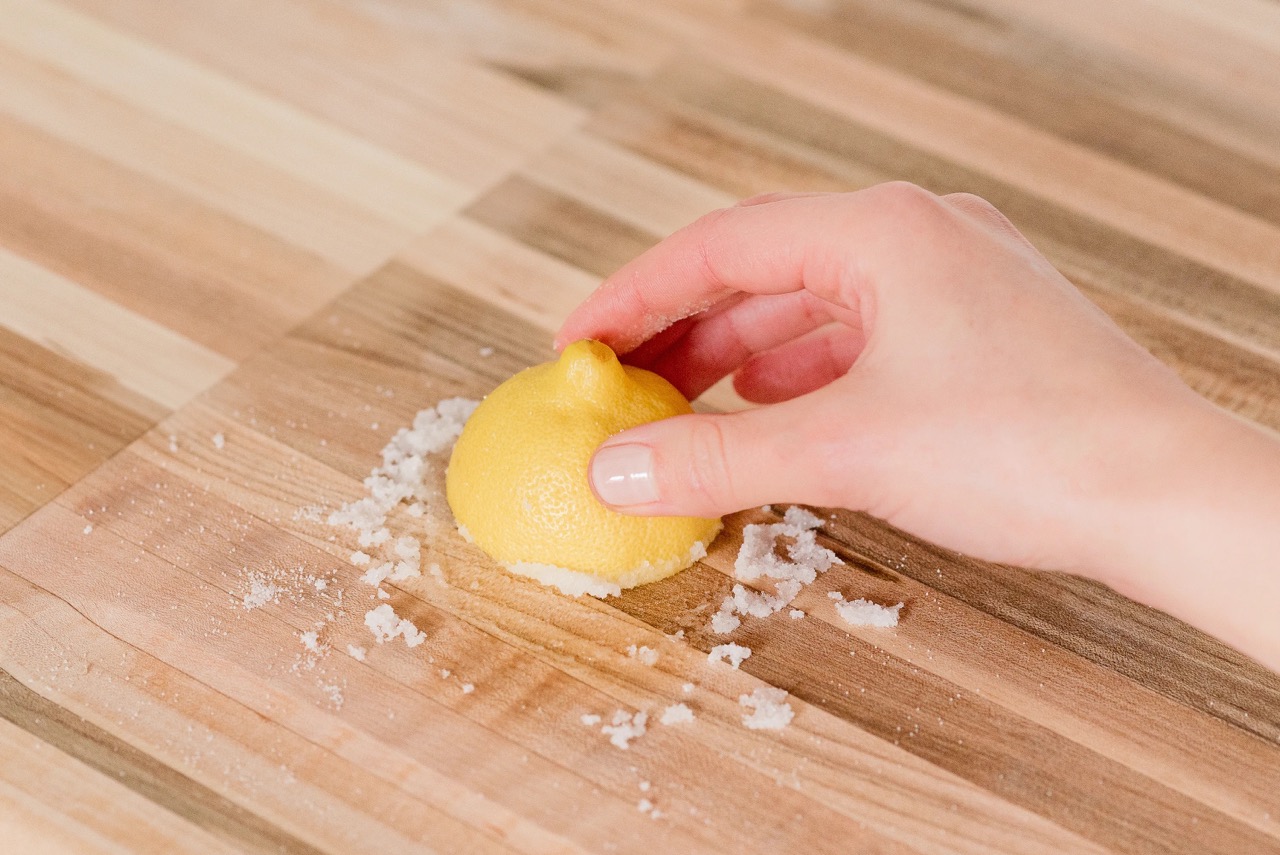
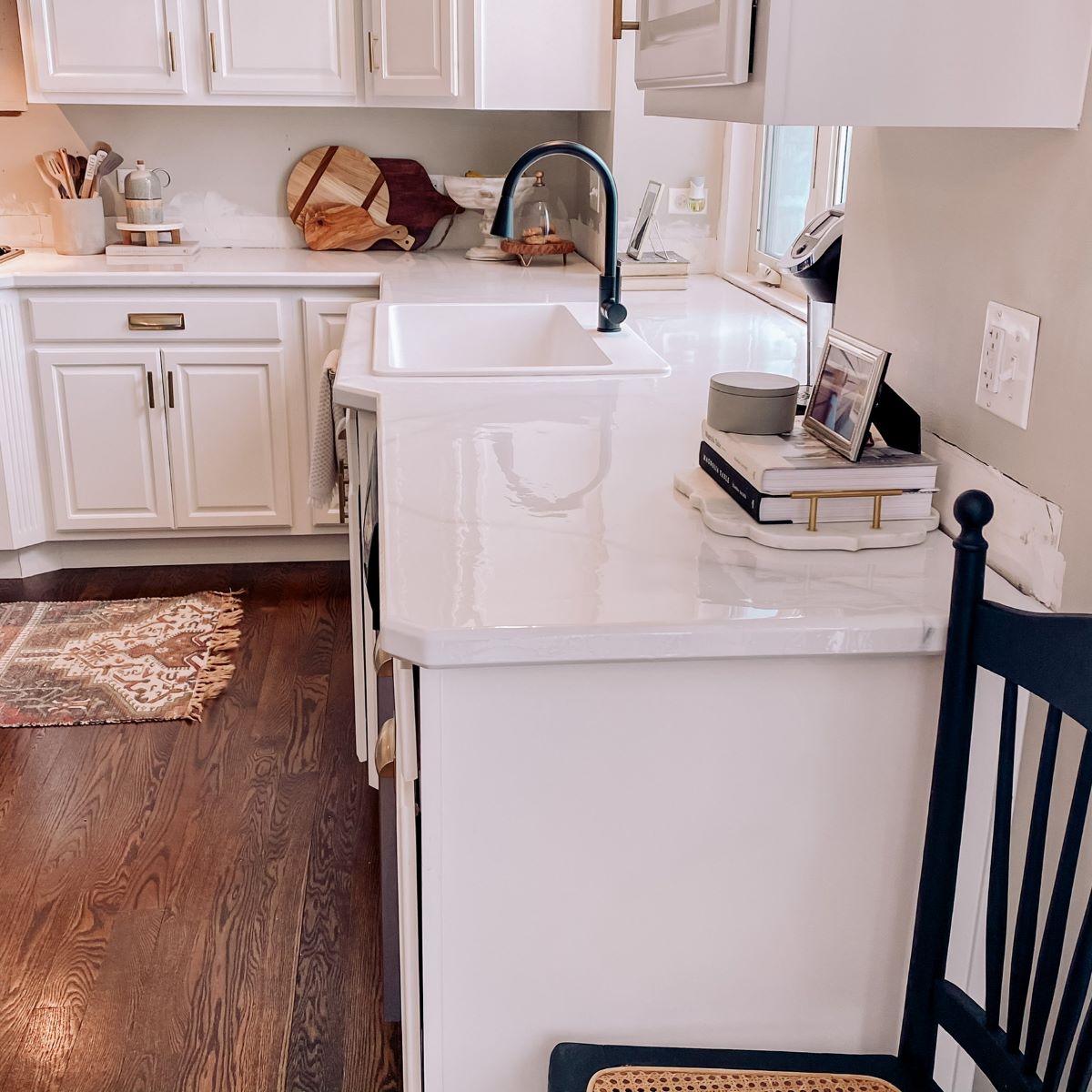
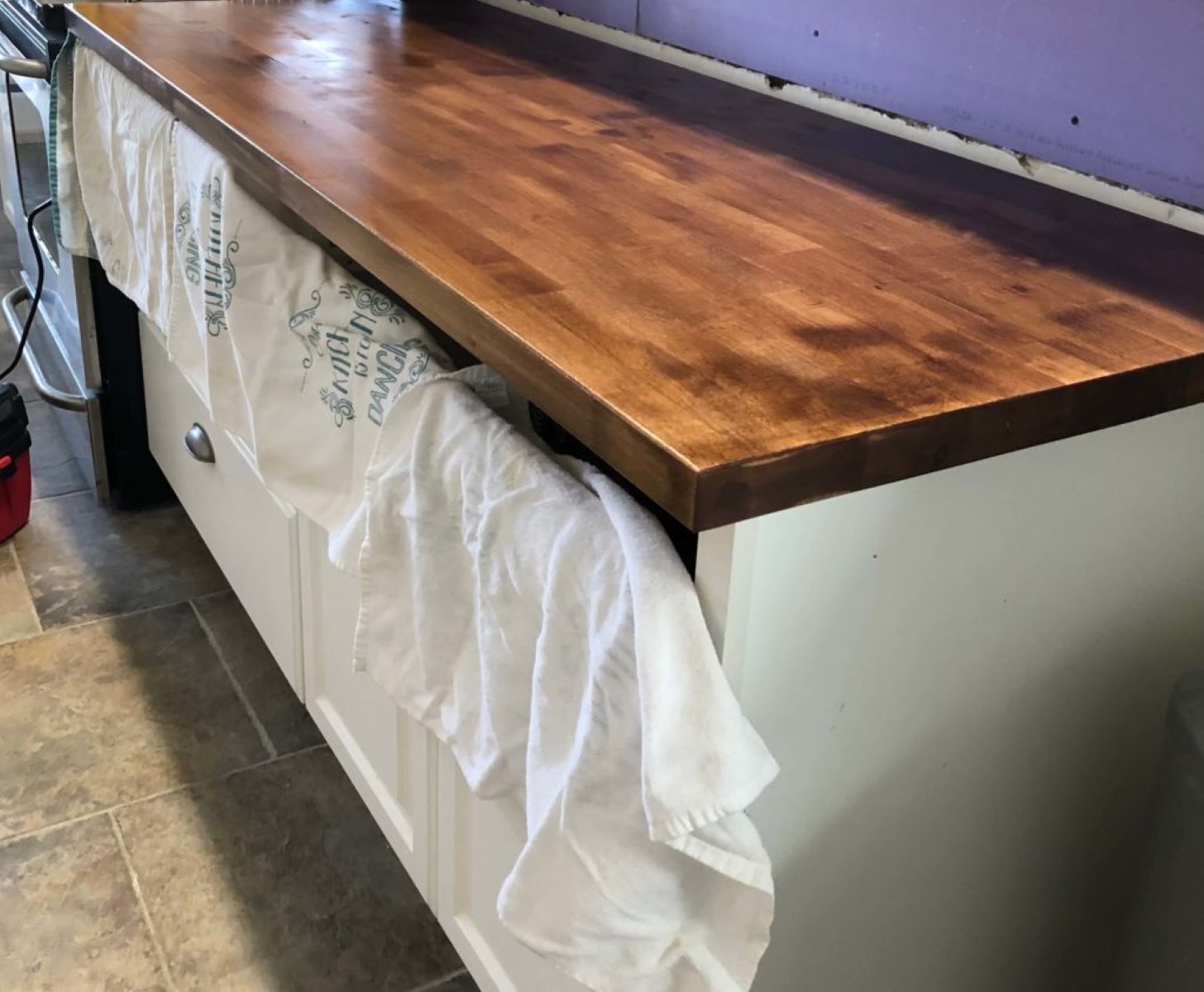

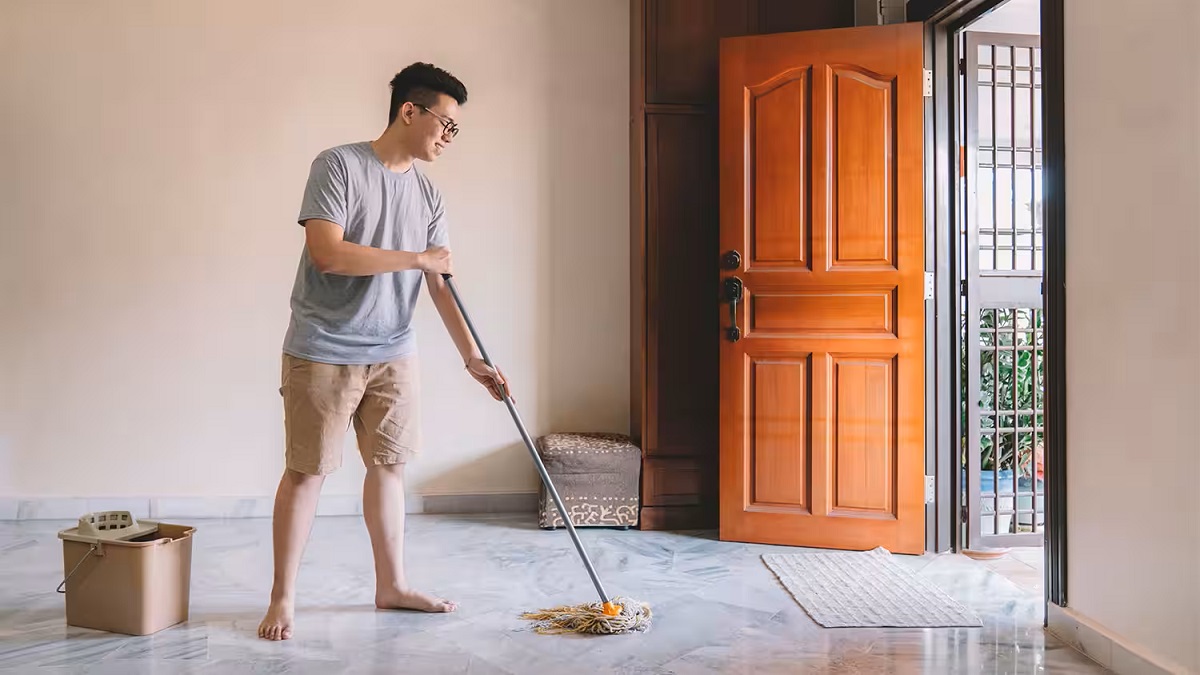
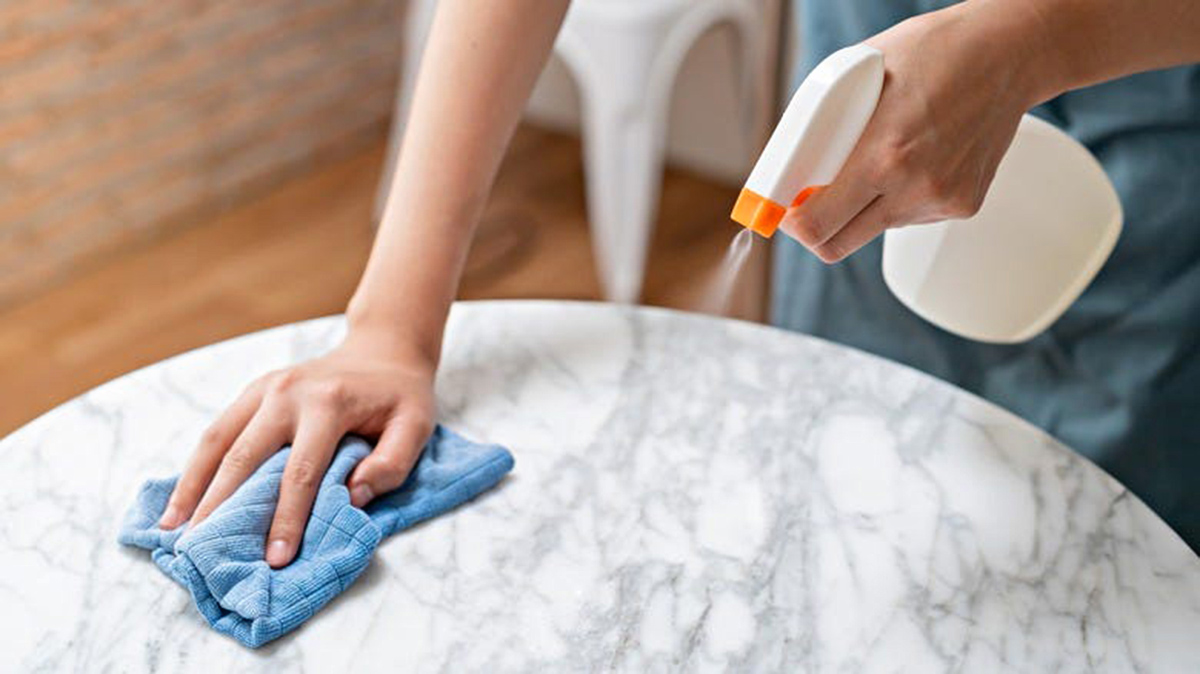
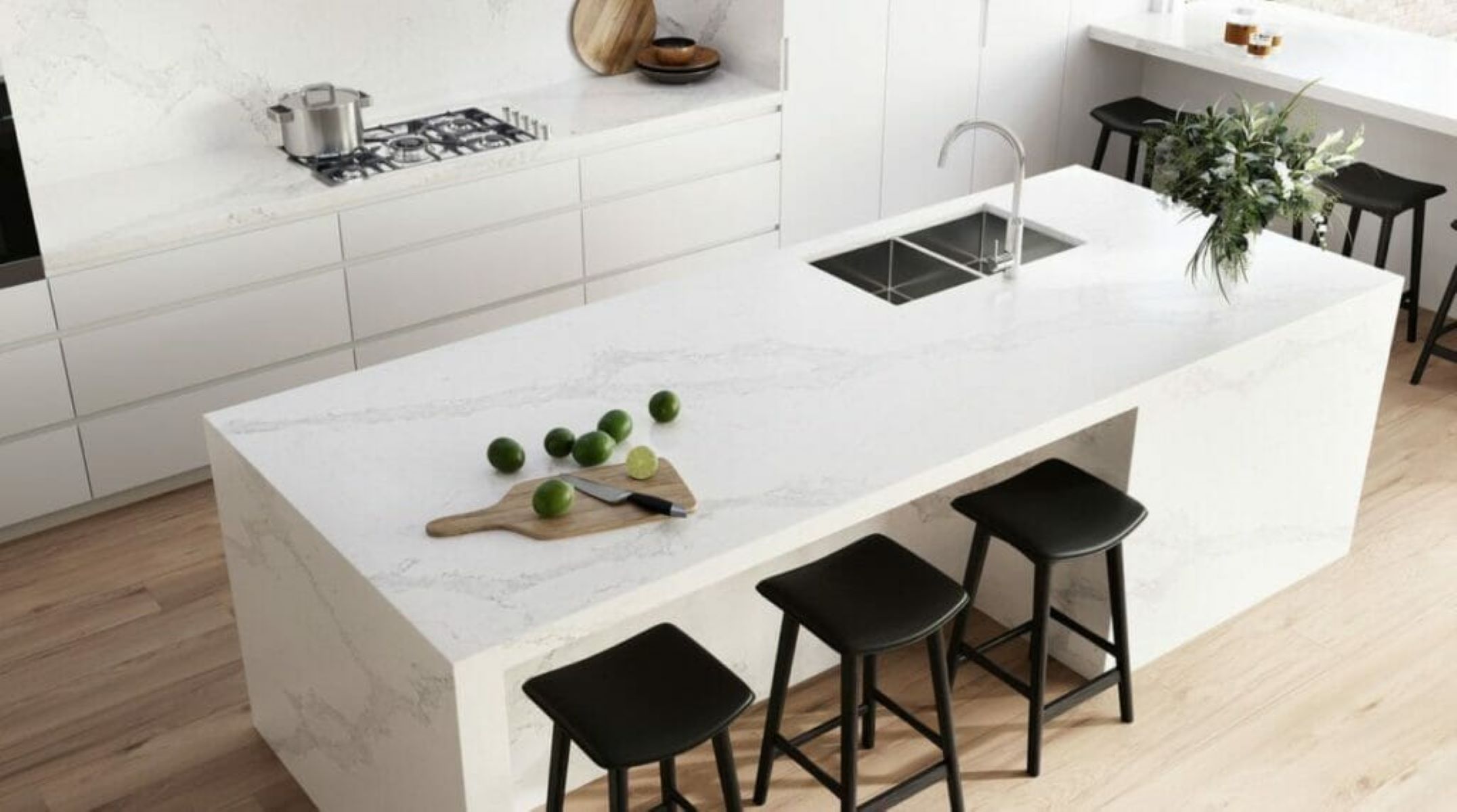

0 thoughts on “How To Clean Stains On Marble Countertops”